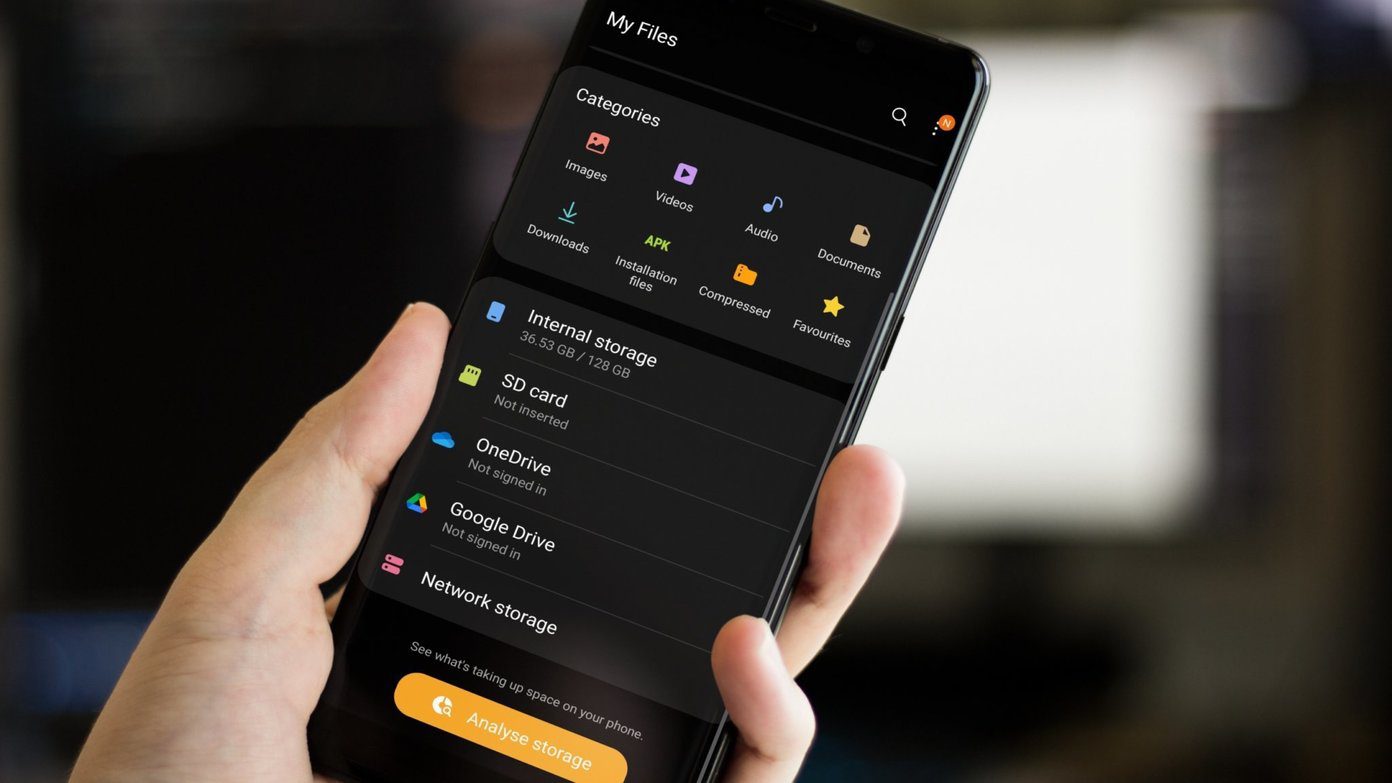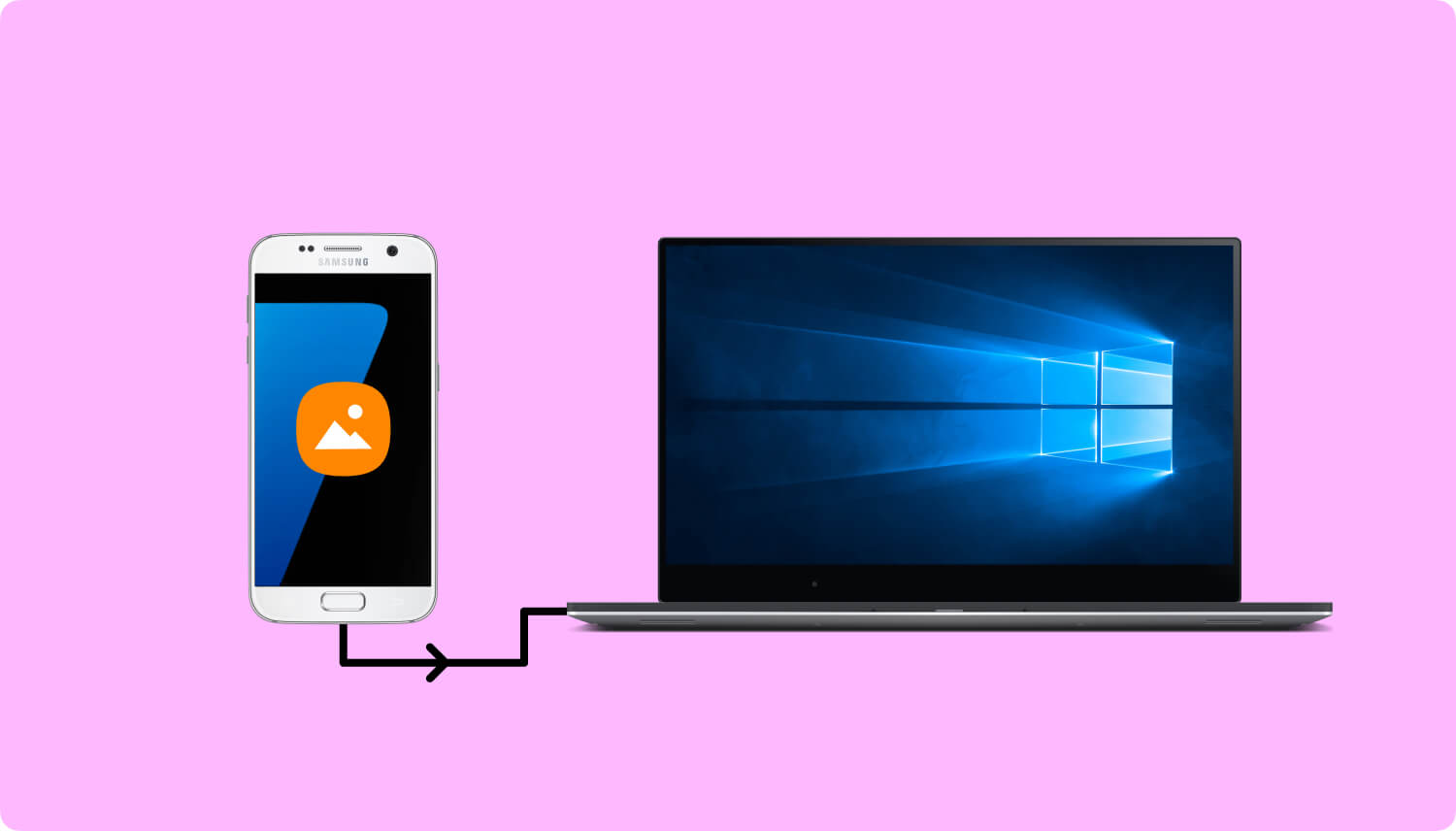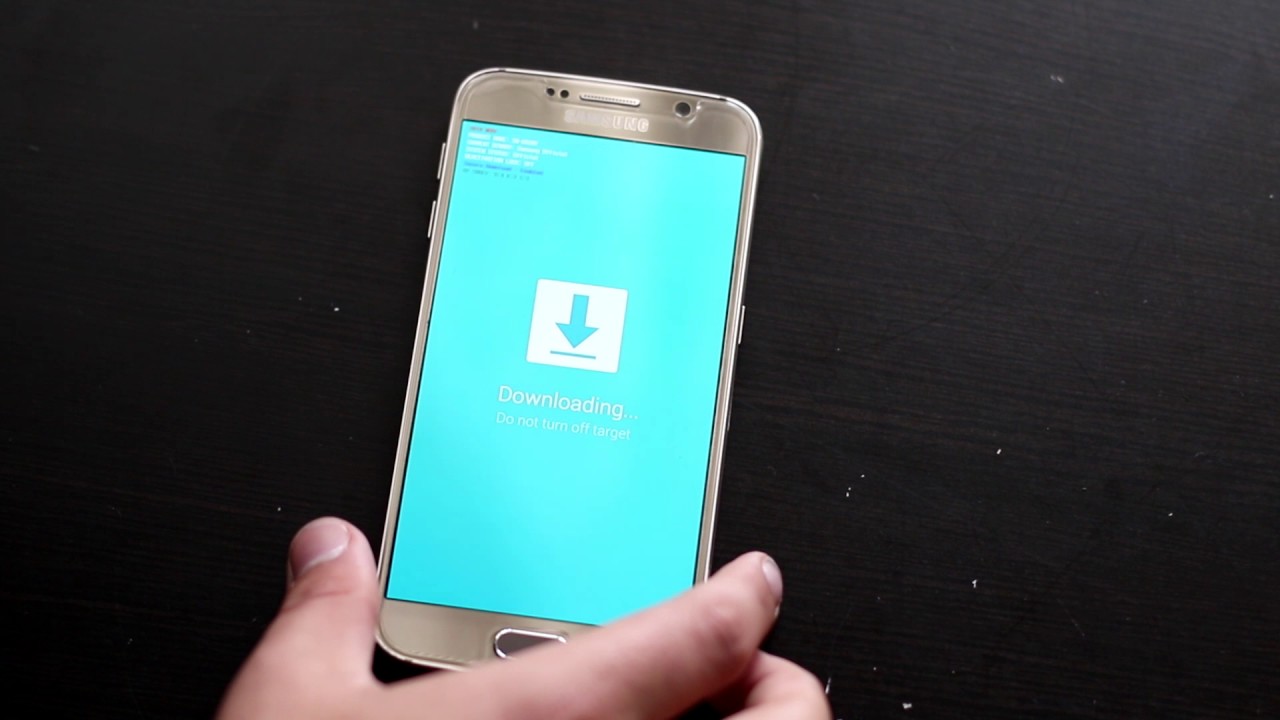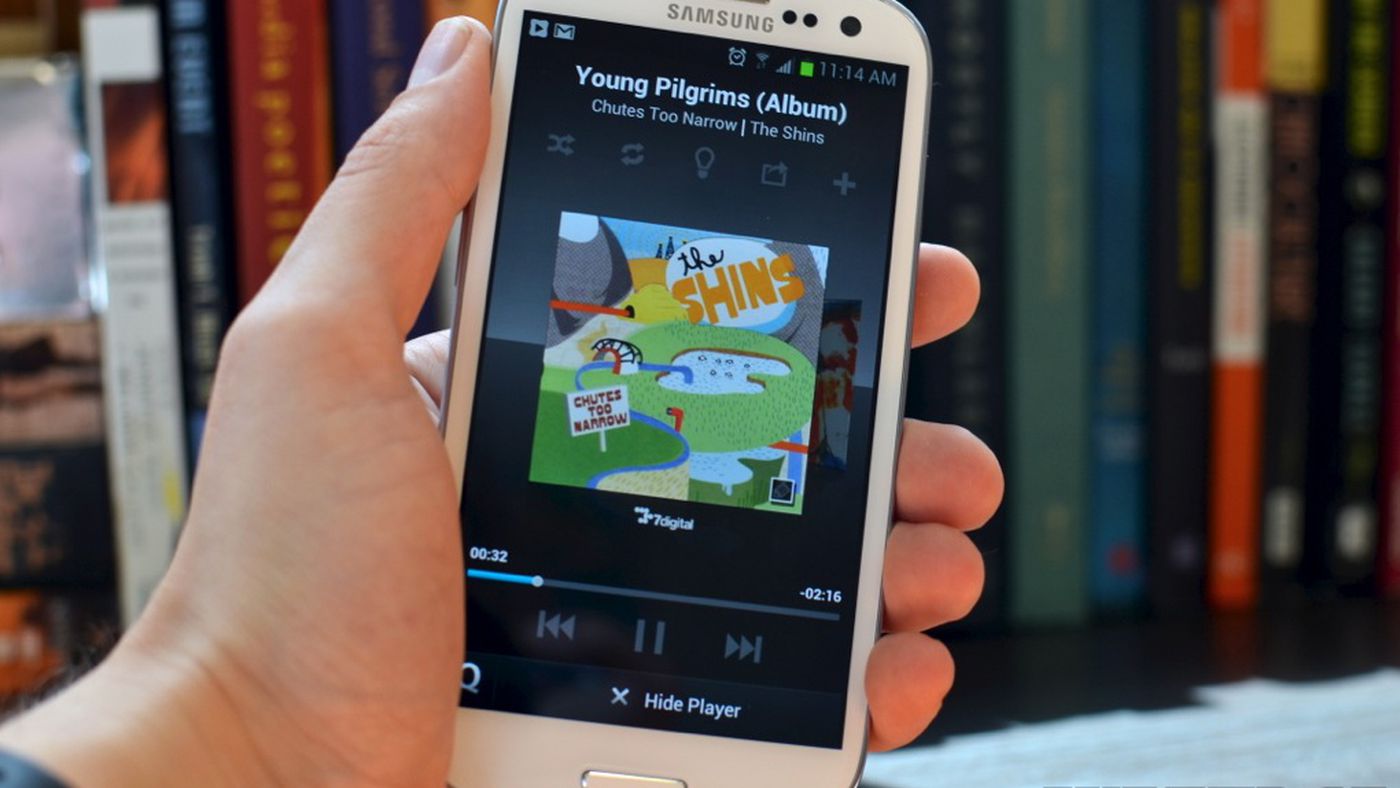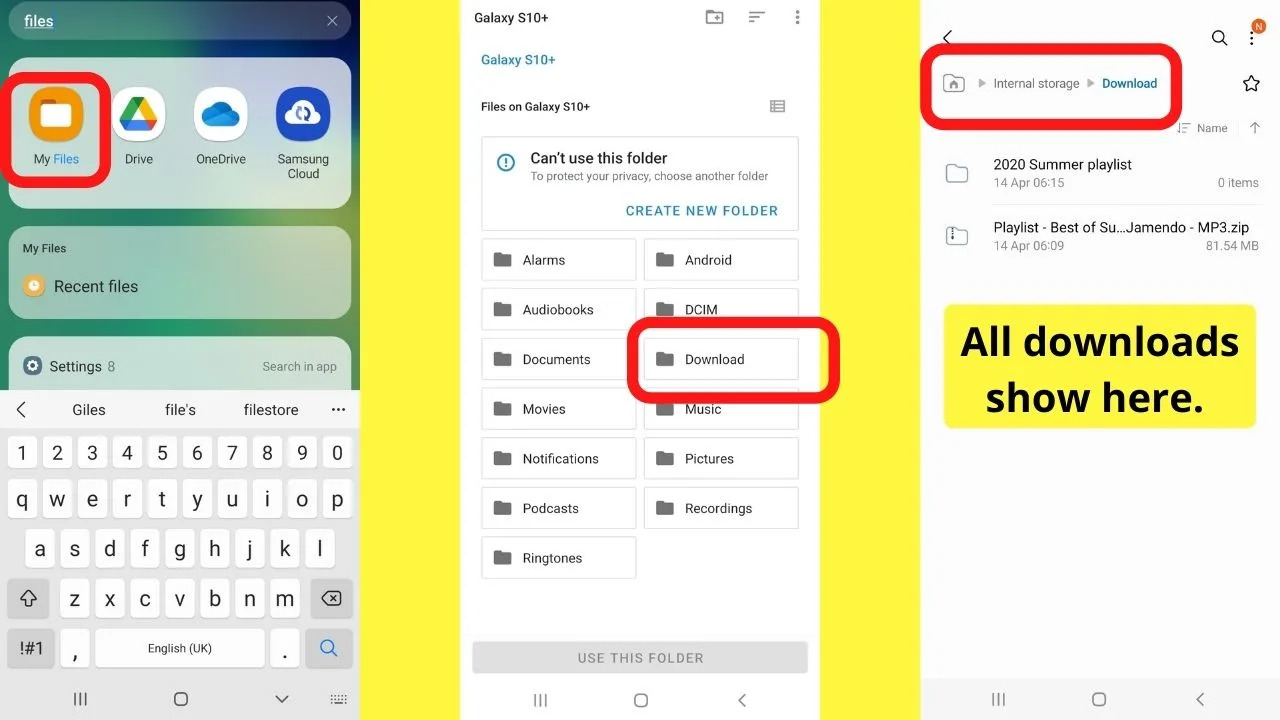Where are my downloads stored on my Samsung Galaxy?
If you’re wondering where your downloads are stored on your Samsung Galaxy, you’re not alone. Many users are often unsure where to find their downloaded files on their device. Thankfully, locating your downloads on a Samsung Galaxy is a relatively straightforward process.
By default, most downloaded files on a Samsung Galaxy are stored in the Downloads folder. This folder is the default location where all files downloaded from the internet or shared through apps like email or messaging are saved. However, it’s important to note that the exact location of the Downloads folder may vary slightly depending on your Samsung Galaxy model and the version of Android you’re using.
The Downloads folder can usually be found in the My Files app or the App Drawer. However, if you’ve customized your device’s settings or have a different file manager app installed, the location might differ. Don’t worry, I’ll walk you through the different methods to access your downloads folder on a Samsung Galaxy.
It’s worth mentioning that certain apps like web browsers or email clients may have their own separate download folders within their respective apps. So, if you’re looking for a specific file downloaded through an app, it’s best to check within that app first before navigating to the Downloads folder.
Now that you have a general idea of where your downloads are stored, let’s dive into the specific methods to access your downloads folder on a Samsung Galaxy device.
How to access your downloads folder on a Samsung Galaxy?
Accessing your downloads folder on a Samsung Galaxy is a simple and hassle-free process. Here are three popular methods to locate and open your downloads folder:
- Checking downloads in the App Drawer: On your Samsung Galaxy device, navigate to the App Drawer by swiping up or down on the home screen. Look for the “Downloads” app or an app labeled “My Files.” Tap on the app icon to open it. Once inside the app, you will likely see a “Downloads” folder that contains all your downloaded files. Tap on the folder to view and access your downloads.
- Finding downloads using the My Files app: Samsung Galaxy devices come with a pre-installed file management app called “My Files.” To access your downloads using this app, simply open the App Drawer and find the “My Files” app. Tap on it to launch the app. Once inside the app, look for the “Downloads” folder, which should contain all your downloaded files. Tap on the folder to browse and open your downloads.
- Sorting and organizing your downloads: If you have a large number of downloaded files and want to find a specific item quickly, you can sort and organize your downloads. Within the Downloads folder or the My Files app, look for options to sort your files by date, file type, or name. You can also create subfolders within the Downloads folder to further categorize your downloads as per your preference.
Remember, if you’ve customized your device settings or installed a different file manager app, the specific steps to access your downloads folder may vary slightly. However, by following these general methods, you should be able to find and explore your downloads folder on your Samsung Galaxy device with ease.
Checking downloads in the App Drawer
One of the easiest ways to access your downloads folder on a Samsung Galaxy device is through the App Drawer. Here’s how you can check your downloads using this method:
- Start by swiping up or down on your device’s home screen to open the App Drawer.
- Scroll through the apps until you find one labeled “Downloads” or “My Files.” Tap on the respective app icon to open it.
- Once you’re inside the app, you will likely see a “Downloads” folder. This is where all your downloaded files are stored.
- Tap on the “Downloads” folder to view and access your downloaded files.
Within the Downloads folder, you can browse through your files and open them using the default apps associated with their respective file types. For example, if you downloaded a PDF document, tapping on it will open it using the default PDF viewer app on your device.
If you can’t find an app specifically labeled “Downloads” in your App Drawer, look for an app called “My Files.” This file management app serves the same purpose and usually contains a “Downloads” folder within it.
Remember, the appearance and organization of the App Drawer may vary slightly depending on your Samsung Galaxy model and the version of Android you’re using. However, the general process of checking your downloads through the App Drawer should remain the same.
Now that you know how to access your downloads folder through the App Drawer, you can conveniently find and open your downloaded files on your Samsung Galaxy device.
Finding downloads using the My Files app
If you prefer using the built-in file management app on your Samsung Galaxy device, the “My Files” app is a handy tool for locating your downloads. Here’s how you can find your downloads using this app:
- Open the App Drawer on your Samsung Galaxy device by swiping up or down on the home screen.
- Look for the app called “My Files” and tap on its icon to launch the app.
- Once inside the My Files app, you will see various folders and file categories.
- Look for the “Downloads” folder within the app. This is where all your downloaded files are usually stored.
- Tap on the “Downloads” folder to access and view your downloaded files.
Inside the Downloads folder, you will find a list of your downloaded files. The files may be organized based on date or in alphabetical order.
If you have a specific file in mind, you can use the search function within the My Files app to quickly locate it. Look for the search bar at the top of the app interface and type in the name or relevant keywords of the file you’re looking for. The app will display search results based on your input, making it easier to find the desired download within your file collection.
Using the My Files app provides you with more control over your downloaded files. You can perform various actions such as copying, moving, renaming, or deleting downloaded files directly from the app. This allows you to manage your downloads efficiently and keep your storage organized.
Now that you know how to find your downloads using the My Files app, you can effortlessly navigate through your downloaded files and access them whenever needed on your Samsung Galaxy device.
Sorting and organizing your downloads
Managing a large number of downloads on your Samsung Galaxy device can become overwhelming if they are not properly sorted and organized. Fortunately, there are several methods you can use to keep your downloads folder neat and easily searchable. Here are some tips for sorting and organizing your downloads:
- Sort by date: Most file management apps, including the default “Downloads” folder or the “My Files” app, allow you to sort files by date. You can choose to view your downloads in descending or ascending order based on the date they were downloaded. Sorting by date can be helpful, especially if you’re looking for recently downloaded files.
- Sort by file type: If you prefer organizing your downloads based on file type, you can arrange them accordingly. For example, you could create subfolders within your downloads folder for different types of files like documents, images, videos, or audio files. This way, you can easily locate files based on their file extensions.
- Create subfolders: Subfolders are a great way to further categorize and organize your downloads. Within the “Downloads” folder or the file management app, you can create subfolders with custom names to group related files together. For instance, you could create subfolders for work-related documents, personal photos, or downloaded music.
- Use descriptive file names: When saving or renaming downloaded files, give them descriptive names that reflect their content. This will make it easier to search for specific files in the future. Instead of generic names like “Untitled Document” or “Photo1234.jpg,” opt for more specific names like “Financial Report Q3 2022” or “Beach Vacation Photo Album.”
- Regularly clean up your downloads: It’s essential to periodically review and delete unwanted or unnecessary downloaded files. This helps free up storage space on your Samsung Galaxy device and keeps your downloads folder clutter-free. You can manually delete files that you no longer need or set up automatic clean-up options within the file management app.
By using these methods to sort, organize, and clean up your downloads, you can maintain a well-managed and easily accessible library of files on your Samsung Galaxy device. Taking a few minutes to implement these strategies will save you time and effort in the long run when searching for specific downloads.
Clearing and managing your downloads
Over time, your downloads folder on your Samsung Galaxy device can accumulate a significant number of files, taking up valuable storage space. Clearing and managing your downloads is essential for optimizing your device’s performance and maintaining a clutter-free storage. Here are some tips for clearing and managing your downloads:
- Delete unnecessary files: Regularly review your downloads and delete files that are no longer needed. This could include old documents, expired files, or files that are duplicates. By removing unnecessary downloads, you can free up storage space and ensure your device operates smoothly.
- Set up automatic clean-up: To simplify the process, you can set up automatic clean-up options within your file management app. Some apps allow you to schedule regular clean-ups or enable options to automatically delete downloaded files after a specific period of time. These automated options can help keep your downloads folder organized without any manual intervention.
- Backup important downloads: If you have important files in your downloads folder that you want to keep but don’t need immediate access to, consider backing them up to another location. This could be cloud storage services, external storage devices, or your computer. By transferring these files to a backup location, you can ensure they are safe while freeing up space on your device.
- Use cloud storage: Consider utilizing cloud storage services to store your downloads. Services like Google Drive, Dropbox, or OneDrive allow you to upload and sync your downloaded files to the cloud. This not only provides an additional backup but also allows you to access your files from multiple devices without taking up storage on your Samsung Galaxy device.
- Enable auto-download restrictions: Some apps have settings that allow you to control automatic downloads of files. By enabling these restrictions, you can prevent certain apps from automatically downloading files to your device, thereby reducing unnecessary clutter in your downloads folder.
By incorporating these practices into your download management routine, you can keep your downloads folder organized, optimize your device’s storage, and ensure that important files are securely backed up. Taking proactive steps to clear and manage your downloads will contribute to a smoother user experience on your Samsung Galaxy device.
Frequently Asked Questions about Samsung Galaxy downloads
Here are some common questions and answers related to downloads on Samsung Galaxy devices:
- Where can I find my downloaded files on a Samsung Galaxy?
- How do I access my downloads folder on a Samsung Galaxy?
- Can I organize my downloads in subfolders?
- How can I sort my downloads?
- How do I delete unwanted downloads on my Samsung Galaxy?
- Can I backup my downloaded files?
- How do I free up storage space on my Samsung Galaxy by managing downloads?
By default, most downloaded files are stored in the Downloads folder. You can usually find this folder in the App Drawer or the My Files app.
To access your downloads folder, you can check the App Drawer for an app labeled “Downloads” or “My Files.” Alternatively, you can use the My Files app and navigate to the Downloads folder within it.
Yes, you can create subfolders within your downloads folder or use the My Files app to create custom folders for organizing your downloads. This helps keep your files categorized and easily accessible.
Most file management apps allow you to sort your downloads by date, file type, or name. You can choose the desired sorting option within the Downloads folder or the My Files app settings.
To delete unwanted downloads, you can open the Downloads folder or use the My Files app to navigate to the files you want to delete. Tap and hold on a file to select it, then tap the delete icon or select “Delete” from the options menu.
Yes, you can backup your downloaded files by transferring them to cloud storage services like Google Drive, Dropbox, or OneDrive. You can also connect your device to a computer and copy the files to a designated backup location.
To free up storage space, you can regularly delete unnecessary downloads, backup important files to an external location, and utilize cloud storage services. You can also enable automatic clean-up options within your file management app to remove old or expired downloads automatically.
These FAQs aim to address some common concerns about downloading and managing files on Samsung Galaxy devices. By following these tips and understanding the functionalities of your device, you can effectively locate, organize, and manage your downloaded files for a better user experience.







